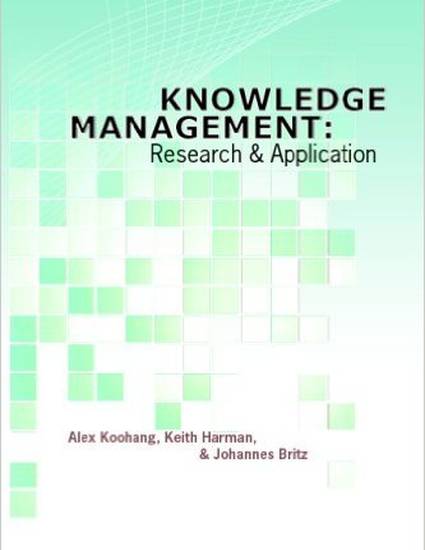
Contribution to Book
Knowledge Management in Architecture and Construction Industry
Knowledge Management: Research and Applications
(2008)
Abstract
The complexity of projects and scales and the multidisciplinary nature of buildings constructed today call for fundamental changes for the representation of designs, exchange of information, construction planning and knowledge management. Knowledge about a subject matter can be implicit and explicit. Implicit knowledge is usually difficult to communicate and to formalize—it is an accumulated knowledge acquired by persons through a learning process. Architectural design is in fact an implicit knowledge, acquired through education and practical experience. Explicit knowledge, on the other hand, is easy to communicate; it can be formalized and stored on different media, such as documents and databases. Architects and engineers use explicit knowledge for the design, such as materials databases, building codes and specifications, manufactures’ catalogs, etc. Knowledge management needs to support transfers between implicit and explicit knowledge and provide methods for the transmission. This chapter discusses knowledge management (KM) in architecture and construction industry as it relates to the building design, agents, process, systems considerations, and building representations.
Keywords
- architectural knowledge,
- information modeling,
- computational models,
- design
Disciplines
Publication Date
2008
Editor
Alex Koohang, Keith Harman and Johannes Britz
Publisher
Informing Science Press
Citation Information
Ajla Aksamija. "Knowledge Management in Architecture and Construction Industry" Santa RosaKnowledge Management: Research and Applications (2008) Available at: http://works.bepress.com/ajla_aksamija/6/
